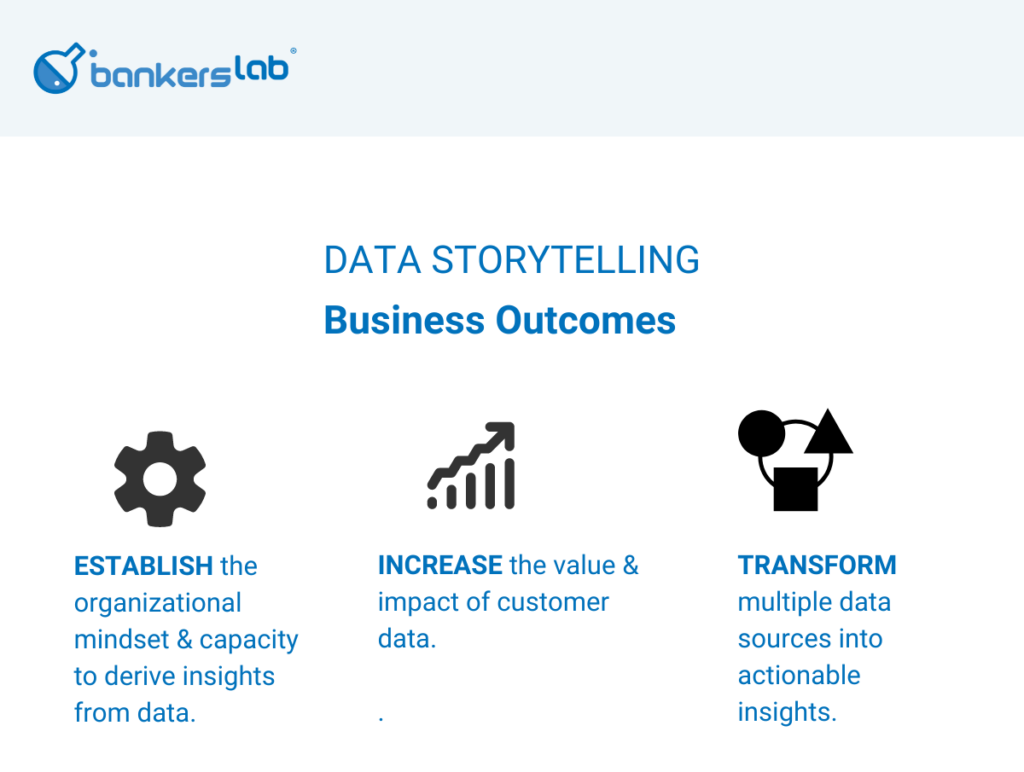An Interview with Marcia Tal, CEO of Tal Solutions
In a world of increasing complexity, there is a simple approach to detecting real-time opportunities, problems, and data insights: listening to your customers.

If a process breaks, your customers are likely the first to let you know in real-time. If there is an issue with your product, customers are likely the first to let you know in real-time. We wanted to find out more, so we sat down with Marcia Tal, CEO of Tal Solutions. As a seasoned bank executive and mathematician, you’d be right to guess that Marcia’s approach is practical and designed to achieve specific business objectives using data insights.
BankersLab: We understand that you are mining Direct Customer Narrative data for actionable insights. First, what is this data and where does it come from?
Marcia: Customer Narrative data is captured through varied sources, such as the Consumer
Financial Protection Bureau (CFPB) database where consumers allow their complaint narratives
to be made public, as well as first-party data where institutions share their customers’ narratives
without any personal identifiable information (PII).
BankersLab: Now that we have this data, how do you distill the insights?
Marcia: The first step is organizing the data, with our focus on meeting a business objective. We ingest the customer narrative data (such as a customer complaint) and link it with other data about the customer or context of the complaint. Further, the data is correlated to other data points on the same topic. For example, if multiple customers complain about a similar issue, there may be a systemic issue to investigate.
As in all things, context is important. We correlate across different segments to look for patterns. We are then mindful that certain things, for example, impact mortgages more than auto loans or credit cards.
Next, we create a score to differentiate data points, separate them into categories and estimate levels of risk.
BankersLab: Can you explain more about what constitutes a high-risk complaint and how you score out those risks?
Marcia: There are high-risk indicators in customer narrative data that warrant special attention. For example, if a person feels discriminated against or the customer explains that they refuse to pay you.
There are other risk elements such as regulatory risk, when you haven’t followed FCRA, payment risk, attrition risk and so forth.
BankersLab: What are some examples of insights or actions which arise from this data?
Marcia: First, let’s think about the functional areas which can find insights. The audit team can uncover operational opportunities and failures. They can detect policy gaps, such as issues arising from account closure policies. If customers are complaining that they don’t understand why you closed their account, you may uncover gaps in your policies and procedures.
The loan origination team may uncover problems with account opening, and identify points in the process that cause friction.
While customer complaints about fees are not new to a product management team, customer complaint data can separate the ‘signal from the noise’ and detect instances of system or process errors for fees.
Third party risk poses challenges to lenders because the issues and process failures can be difficult to detect from the lender’s point of view. Customer narrative data can provide early warning of issues. In one case, a lender experienced a spike in credit card application fraud. The root cause was an issue with their third party vendor, and the customer complaint data was first to shed light on the issue.
BankersLab: Walk us through some of the broader business benefits of this approach.
Marcia: In consumer and retail lending, most indicators are lagging. It is difficult to find coincident, or “real-time” indicators”, which customer narrative data does provide. Of course, you need to have a hypothesis, analyze the data, and interpret the results.
Another business benefit is how your brand will continue to improve from this process. You can uncover new real-time insights. But this is only the first step. As you build the feedback loop and customers understand that you are listening, they will be more likely to contact you with constructive feedback. While you are busy cleaning up operational and policy gaps, your customers will understand that they are being heard.

So, how can you listen to your customers at scale? Join us for this exciting workshop, with live data, industry experts and an exciting gamified format.


